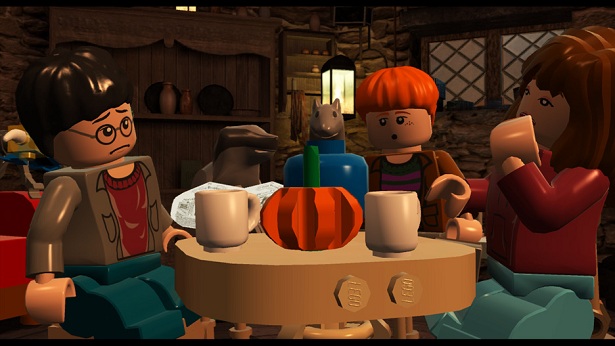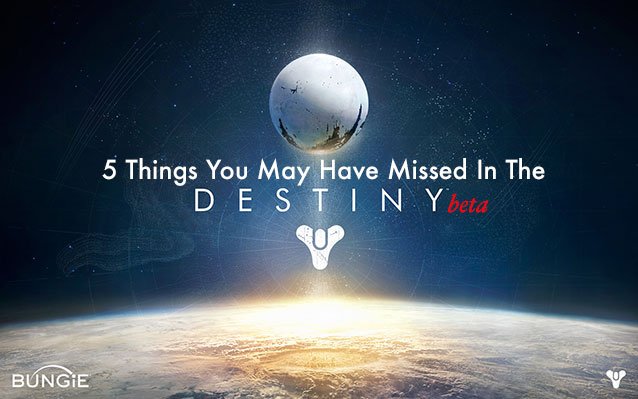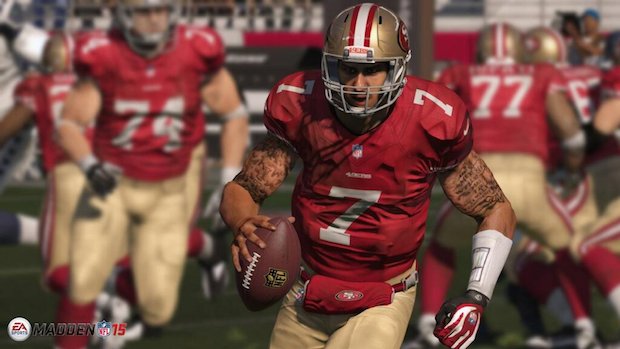

Google Tasks is an amazing tool to organize your life and it’s available on your Windows desktop. The Windows Store comes loaded with task managers—these vary wildly in quality. And the reviews aren’t great. But out of the many populating Microsoft’s store, which offer the best features?
Here’s a rundown of the best paid or free apps within the Windows Store that sync with Google’s Google Tasks service.
With the Windows Store, users can automatically copy and sync their apps across multiple Windows platforms, provided they use a Microsoft login. Even through device failure and upgrades, a user’s apps and settings can follow them around.
Similarly, Google Tasks offers the simplest, cross-platform task syncing service around. It even works offline in the Chrome browser! Together, these combine to create a robust, cross-platform system for capturing all tasks and spreading them across all your devices, with a minimal amount of effort.
Hot Tasks adds additional functionality to Google’s task service: It automatically increases the color temperature of a task as it approaches its due date. Hot Tasks refers to this as heat – the more urgent a task, the redder it appears.
Aside from its clever design, Hot Tasks offers great visual styling, reduced eyestrain (avoid Blue lights at night), and an embedded tutorial. Additionally, dark themes damage AMOLED displays less than bright ones. Unfortunately, Hot Tasks doesn’t integrate into Google Calendar.

Advantages
Disadvantages
Great Task comes with both a paid and a free version. There aren’t many differences between the free and paid, although the free version places a cap on the total number of syncs and displays advertising at the bottom of the screen.
Great Task offers elegant arrangement of tasks, along with a separately organized list of tasks, according to due-date. Unfortunately, it does not integrate into Google Calendar in any way.

Advantages
Disadvantages
gTasks HD comes in both paid and free versions. The free and paid versions offer similar functionality. However, the paid version can only inhabit two devices. It also can only manage two different lists, per account, and only seven tasks per list. This limitation makes the free version of limited use. However, the paid version only costs $3.49, so it’s by no means a budget-breaker.

Advantages
Disadvantages
Ticki offers a visually appealing, well-designed layout. It also offers multiple themes, font-resizing, and the ability to view multiple task lists at the same time. Overall, it’s one of the better Google Task management apps available in the Microsoft Store. The only downside is that it doesn’t offer Google Calendar integration.

Advantages
Disadvantages
Google All in One (GAO) melds Google Calendar, Gmail, Google Keep, and Google Tasks into a single full-screen window. It’s the only app that currently combines pretty much all of Google’s task management apps into a single package. However, it’s unwieldy, poorly laid out, and only works when you’re online. You can see from the screenshot below that GAIO is a bit of a mess.

Advantages
Disadvantages
CoolTasks brings—arguably—the best visual design along with an extremely clean interface. Its clean design also makes it easy to use in dual-pane mode. Once moved over to the left or right of the screen, it compacts its view, displaying only your tasks.

Advantages
Disadvantages
POM Calendar offers a simplified display and integration with both Google Tasks and Google Calendar. Unfortunately, the program runs poorly and suffers from numerous developmental problems. On the other hand, it stands a chance of becoming the premiere app for dual managing Google Tasks alongside Google Calendar.
That said, it crashed a number of times while I was testing it, and its sluggish performance made it unusable. However, if these bugs get worked out, POM Calendar might be worth buying.

Advantages
Disadvantages
If you want to spread Google’s service across multiple Windows devices, the best paid options are gTasks Pro and Great Tasks Pro. The best free option is Hot Tasks. None of these offer Google Calendar integration, but then few apps do, even on other platforms, like Android (Day-by-Day offers both).
For the hardcore, I highly recommending developing a more sophisticated Google Tasks method. Ryan’s method may have changed over the years, but his tips on managing tasks are golden. I also suggest checking out Ryan’s method on integrating Microsoft Excel with Google Tasks.




 Call of Duty: Black Ops Declassified Review
Call of Duty: Black Ops Declassified Review Madden NFL 15 PS4 Review
Madden NFL 15 PS4 Review Assassin’s Creed 3 Walkthrough
Assassin’s Creed 3 Walkthrough Top 10 FPS | Top 10 FPS Games
Top 10 FPS | Top 10 FPS Games Bloodborne PS4 Progress Route Guide Including Optional Bosses and Chalice Dungeons
Bloodborne PS4 Progress Route Guide Including Optional Bosses and Chalice Dungeons